Updated date: 10/25/2024 15:15:37

Cao Lanh Town is the district capital of Cao Lanh District, Sa Dec Province (Long Chau Sa Province on our side). The town lies on both banks of the Cao Lanh River. The northern bank belongs to My Tra Commune, including Cao Lanh Market (two main streets and two market houses), hydroelectric power plant (lighting house and water plant ), wire house (post office), hospital, primary school, stadium, Do Cong Tuong and his wife's temple, My Tra office, Muoi Chuyen floor, Sau Thanh street, An Thanh inn, market wharf... The southern bank belongs to Hoa An Commune, with Co Tay Palace, District Palace, Lu physician's house, Hoa An communal house, etc. Connecting the two banks of the Cao Lanh River is the Duc Quay bridge above the market.
In the inner town, there are some short paved roads: From Dinh Trung bridge to Duc bridge, Cai Tom canal mouth to Cao Lanh north wharf and along two rows of market streets, from the Tenth Floor to My Ngai new market, down to the primary school to Thay Kham canal and some other short roads through rows of residential houses. Cao Lanh power plant generates electricity by oil engine, mainly supplying electricity in the inner town, lighting from 6 to 9 pm. There are very few street lights on the streets, when the power goes out, it is pitch dark, houses have to use oil lamps.
The sewers are always clogged, because the road surface is full of trash, when it rains heavily the water cannot drain fast enough and some roads are flooded. People in the houses have to hire people to carry water from the river for use, and have to go to the river to bathe and wash. Many houses have to buy ash containers for defecation, and hire people to carry them out every morning. Most people defecate in the river. A row of public toilets above Duc Bridge is for people to defecate. The market wharf is full of trash. The river water is therefore very dirty.
In 1954, the district palace was headed by Bui Van Khanh as district chief, with Pham Van Nhe as secretary. The Bat-ti-dang soldiers were stationed in the barracks next to the district palace and the Co Tay palace, the Muoi Chuyen building. The Hoa Hao religion was represented by Nguyen Van Tho, with headquarters near the An Thanh inn. The French established a base, including the 10th company led by Phan Tung Phung as company commander, occupied the house of physician Lu as headquarters, Bui Van Kieu as deputy company commander, divided platoons to station along the Cao Lanh river, Hoa An bank, Tan Thuan Tay and occupied the communes of Hoa An, Tan Thuan Tay, Tan Thuan Dong. The 41st company led by Ho Nhut Tao as company commander, Huong as deputy company commander, stationed at the Cao Lanh bridge, Sau My canal, occupied and stationed at the Tan Tich, Tinh Thoi and Doi Me communes. The Cao Dai religion, the Board of Management, was led by Mr. Cu (son of the chief Thau), the meeting hall was located at the house of Chin Lu (Duc Anh Vien, the first in the lower row of houses). The Cao Dai army was stationed along Bun hamlet, My Tra commune, with a garrison at Ong Can canal. An Tinh chief Bui Tu Di worked next to An Thanh inn. The My Tra commune police force, with Hap as the commune chief, worked at the My Tra office, behind Cao Lanh market.
Transportation included a ferry carrying passengers and goods from Cao Lanh, stopping at Doi Me, to Sa Dec and vice versa, one trip per day. There was a bus station taking passengers from Cao Lanh to Saigon, passing through the north of Cao Lanh, down to Sa Dec, through the north of My Thuan, because at that time there was no road from Cao Lanh to An Thai Trung to National Highway 4 (now National Highway 1A).
Before the signing of the armistice agreement at the Geneva Conference, the troops of Battalion 311 penetrated deep into the enemy's rear area next to Cao Lanh town, in the three communes of Hoa An, Tan Thuan Dong, Tan Thuan Tay, to conduct armed propaganda to mobilize the masses and repel enemy troops seeking to destroy our troops in this area, forcing them to flee for their lives back to Cao Lanh town. On the other side of Dinh Trung bridge, My Tra down to An Binh, up to My Ngai is the area we control. During these days, comrade Nguyen An Tinh, Secretary of Cao Lanh District Party Committee, directed Party cells and commune teams of Tan Tich, Tinh Thoi, Hoa An, Tan Thuan Dong, Tan Thuan Tay communes to secretly infiltrate to the commune to propagate and mobilize the masses, organize forces, and respond to the Dien Bien Phu campaign... In Tinh Thoi commune, comrade Le Van Doc, Secretary, Le Nguyen Trac, Deputy Secretary in charge of commune teams and police, and Huynh Kim Thuc organized people's meetings.
When the Geneva Accords were issued in early August 1954, the Hoa Hao armed forces withdrew all their outposts and moved south of the Tien River, an area controlled by the French Union. The communal Party cells openly led the people in destroying the Hoa Hao and Cao Dai outposts, and mobilized the people to prepare to welcome our troops here to regroup.
According to the Geneva Agreement, the French Union had to withdraw from the Dong Thap Muoi and Cao Lanh areas before August 23, 1954, handing over this area to us for management until 0:00 on October 31, 1954. The French, in addition to the military forces, also took away people from the district and commune administrative agencies, teachers, medical staff, etc. and took away all the desks and chairs of the elementary school, took away the main generator in the power plant, intentionally destroying some equipment; at the hospital (there was no doctor, only one Red physician), they took all the medicine and medical equipment, leaving only one nurse. In general, they destroyed everything they could, hoping that when we returned to manage the town, we would encounter many difficulties and shortages.
In terms of psychological warfare, before withdrawing, in some places they used loudspeakers to call on people who had sons and daughters to evacuate, and who had gold bracelets... to hide, because when the Viet Minh troops returned they would arrest young men, rape women, and rob property... Because the enemy-occupied areas had little contact with the revolution, a few families following the Hoa Hao religion were afraid when our troops returned to station.
Thanks to the Party cells of Cao Lanh commune and town, they mobilized, educated, and propagandized the people before our troops came to take over the Cao Lanh area. The local people were aware of welcoming our troops to live there, and they took turns sewing and hanging red flags with yellow stars. In the early days, some people were still hesitant and cold in their interactions, but when they saw that our troops were gentle, cheerful, polite to the people, and did not swear vulgarly, unlike the puppet soldiers before, not long after, everyone showed good feelings towards our cadres and soldiers.
In Cao Lanh town, comrade Dang Tam Quang, member of the Provincial Party Committee and Secretary of Phu Chau District Party Committee, was transferred to be Secretary of Cao Lanh town. Our town area manages the two communes of Hoa An and My Tra. The remaining surrounding communes are under the leadership of Cao Lanh District Party Committee. Comrade Dang Tam Quang organized a study of the Geneva Agreement for cadres of these two communes, and had a plan to implement the leadership of the Provincial Party Committee on the work in Cao Lanh town.
The Military Management Committee was established to manage the Cao Lanh town area. The Long Chau Sa Provincial Information Department sent specialized cadres and the Cao Lanh District Information Department to operate in Cao Lanh town. The first thing they did was to remove the enemy's slogans and propaganda forms, draw and hang our slogans, posters, banners, draw many boards across the streets with excerpts from the Geneva Agreement and slogans celebrating peace... The loudspeaker system in the inner town was further developed. The Information Department sent two artists, Le Vinh and Le The, to take care of decorating the exhibition rooms, displaying the achievements of the revolution. In particular, comrade Hiep, an officer of the Information Department, was assigned the task of painting a large slogan: Long live Vietnam, peace, independence, unity, and democracy on the wall of the water tank near Duc Bridge. Anyone who saw it praised it. The Ngu Yen Art Troupe of Long Chau Sa province returned every night to set up a makeshift stage at Cao Lanh Stadium, and the communes performed reformed opera. The plays Tran Hung Dao Binh Nguyen, Thoat Vong Dau Kho, and Canh Tay Vuong Ta were watched by large crowds and warmly welcomed by the people. The Military Band of Military Region 8 also returned to perform attractive singing, dancing, music, and drama. Film teams came every night to show at elementary school yards and market yards in the communes. Wherever the soldiers were stationed, they taught the children there songs praising the Party, Uncle Ho, praising peace, and group dances.
Cao Lanh town and surrounding communes are as happy as a festival these days. People from the provinces and Saigon come to visit their husbands and children who are stationed here in the army. People freely go to see performances, film screenings, exhibitions, bustling day and night. The provincial medical staff and people come to take over Cao Lanh hospital, sending doctors and many nurses to serve the people. In particular, a clinic for placenta transplantation (phi-la-tốp) is opened, every day there are hundreds of people coming to ask for placenta transplantation.
These days, it was truly a life-changing, transformational event in Cao Lanh town. Our soldiers divided into teams to clean the streets, unclog drains, sweep away weeds and trash... to make the streets neat and clean. The row of toilets under the river was removed. The soldiers encouraged the people to maintain public hygiene, not to defecate in the river, dig latrines and clean up trash at the market wharf... Our delegation fought to force the French Union to return the generators to the power plant. We increased the power generation hours and installed more street lights in the inner city. Although it was summer vacation, the people asked the revolutionary government to open classes for their children to study with revolutionary teachers. The leaders in the province assigned a number of highly educated cadres to be teachers. There were no desks and chairs, so the people made or bought wooden boxes to bring into the classrooms for their children to study. The children learned about culture, listened to stories about the resistance war, were taught dances, songs praising Uncle Ho, celebrating peace... The learning atmosphere was of a different quality and joy than before. In all communes, classes for popular education and literacy were opened, and people were very excited to go to school in large numbers. Cao Lanh market was crowded with people from all over, buying and selling was bustling, because people from all over were coming. The flower tax was exempted, and buyers and sellers were very happy. Fabrics for making flags, clothes, noodle shops... were very popular, and prices were stable. Although the enemy had planted secret agents and villains to assassinate, cause explosions, and disrupt public order, thanks to high vigilance, the inner city security forces patrolled day and night, and the army was always on guard, and the enemy's sabotage plots and tricks were foiled. Every night, in each hamlet, local cadres and soldiers organized people's meetings, propagandizing our victories, popularizing the contents of the Geneva Agreement, and equipping them with arguments and legal grounds to fight the enemy later.
To commemorate the heroic martyrs who sacrificed for the Fatherland, Long Chau Sa Provincial Party Committee assigned Battalion 311 to build two Soldier Monuments at the intersection opposite the Muoi Chuyen floor and to renovate the tomb of Vice-Chancellor Nguyen Sanh Huy near Troi Sanh Temple.
According to the directive of Long Chau Sa Provincial Party Committee, in the areas where we gathered, although busy with many tasks, local leaders and soldiers paid attention to doing mass mobilization work, taking care of social work, serving people's lives, repairing martyrs' graves... and have done:
In Binh Thanh commune, the resistance canal was dug from Cai Tre Tan Phu A to Nha Hay peak, Phong My, thirteen kilometers long. The canal was dug from Mui Tau to Muoi Tai hill, seven kilometers long. From Muoi Tai hill to Ca Dam, six kilometers long. From Mui Tau to Phong My border (the road down to Ca Mac) was five kilometers long. From Muoi Tai hill to station 15 was six kilometers long. In Tan Phu A, the Dang Hoa Hiep canal was dug from O Moi through Co Ong, seven kilometers long. In Tan Thanh commune, the Resistance canal was dug from Bac Vien peak to Dut Go Suong, twelve kilometers long. Schools with tiled roofs and thatched roofs were built in Binh Thanh commune (three schools), Tan Phu B (four schools), Tan Thanh (five schools), Tinh Thoi (one school) and most communes in Cao Lanh district had maternity homes. Maternity homes and first aid stations were built in Binh Thanh, Tan Phu A, Tan Phu B, Tan Thanh communes. The old Tan Thuan Tay market was re-established. Roads and bridges in the communes were repaired or rebuilt to make it easier for people to travel. The revolutionary government promptly granted land to landless farmers in previously occupied areas, making the people extremely happy and grateful to the revolution.
My Tra Office was the place where meetings were held between the two delegations representing the Vietnam People's Army and the French Union in the Dong Thap Muoi assembly area. When the meetings took place, people gathered outside in large numbers to listen to the loudspeaker system broadcast the progress and results of each meeting.
Although the time the troops gathered here was short, it was a time filled with the love between the army and the people. The troops cared for the people, the people wholeheartedly helped the troops, contributing to a great change in the awareness of the people in the temporarily occupied areas, through which the people understood more about the revolution, changed their way of life, their perspective, and clearly distinguished between what was righteous and what was evil, grasped the basic knowledge to fight the enemy to protect peace, demand freedom, democracy, and unify the country. During the days of gathering, leaders from the province, district to commune and town were busy with thousands of new tasks, both taking care of social work and taking care of the people's lives, and arranging the cadres to stay and to go to the gathering, and to exchange money from Uncle Ho banknotes to Indochinese banknotes for the people.
From October 6, 1954, the Cao Lanh wharf began to transport our troops to the North. Each time, thousands of people stood along both sides of the road to the wharf, reluctantly seeing their children off on the ship to the North. The wishes, the messages, the waving of scarves, the waving of hats, the arms raised high with two fingers outstretched, symbolizing that we would meet again in two years.
On the morning of October 28, 1954, the handover ceremony of the assembly area took place solemnly, with a rally attended by over five thousand people at the My Tra office. The two sides signed the handover minutes. In it, the French Union recognized the achievements that the Vietnam People's Army had made during the assembly days in Cao Lanh, promising to carry out exactly what was signed. And at 0:00 on October 31, 1954, the French Union army officially returned to the Dong Thap Muoi area.
A new chapter of history begins. The peaceful political struggle of our people to protect peace, a stable life, to demand the enemy to strictly implement the provisions of the Geneva Agreement and the handover minutes, to demand North-South relations, to demand negotiations and national unification begins...
Nguyen Dac Hien
( Excerpt: Memoirs of 100 days of troop regrouping and transfer in Cao Lanh (1954) "Departing gloriously - Staying heroically", part I: Cao Lanh, Long Chau Sa during the days of implementing the Geneva Agreement. Memoirs published on October 8, 2014).
See full text of the memoir "Go gloriously - Stay bravely"
Source: https://baodongthap.vn/chinh-tri/thi-tran-cao-lanh-truoc-va-trong-nhung-ngay-tap-ket-126550.aspx








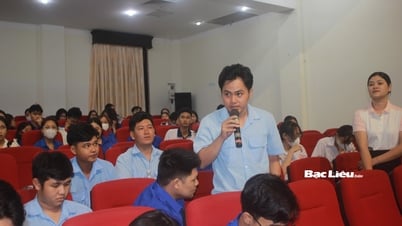
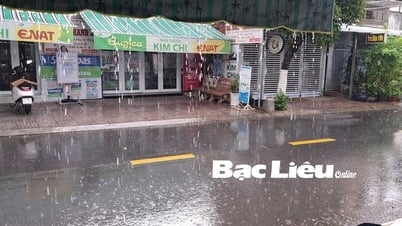
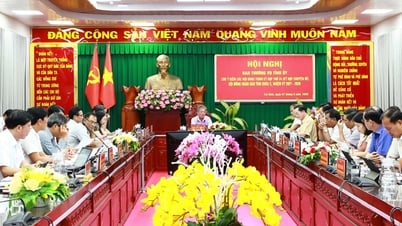
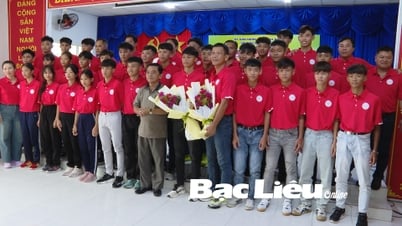
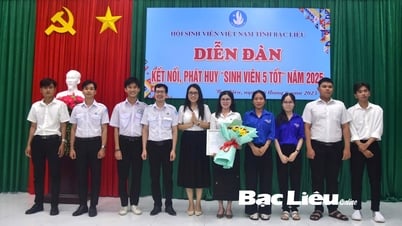
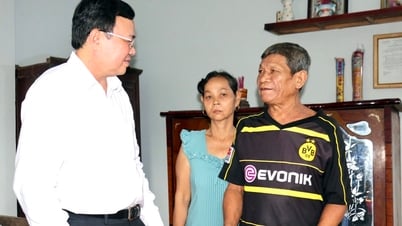





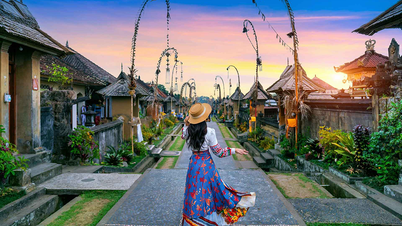
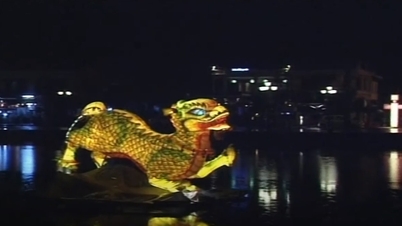
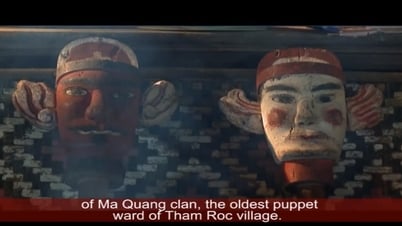
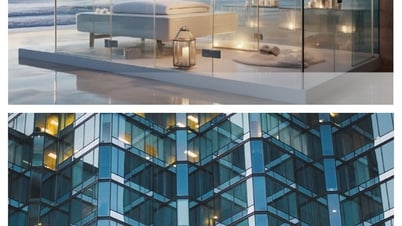


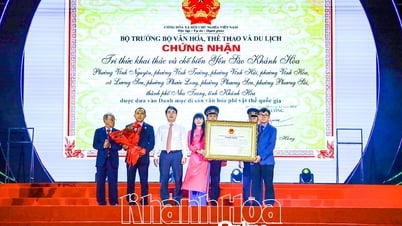

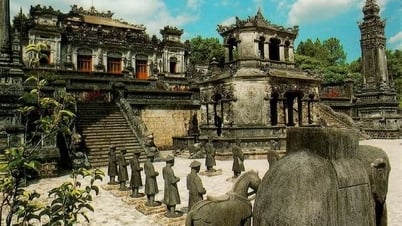

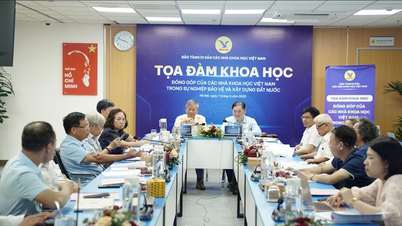







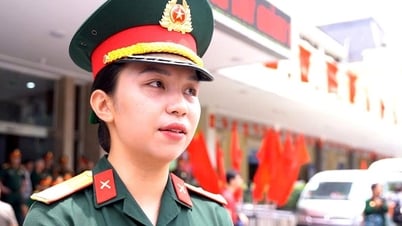











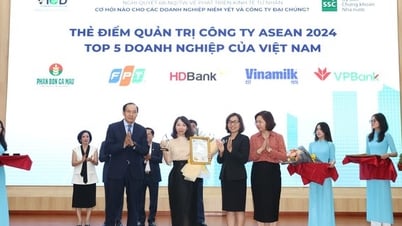


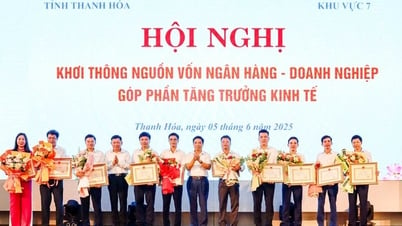


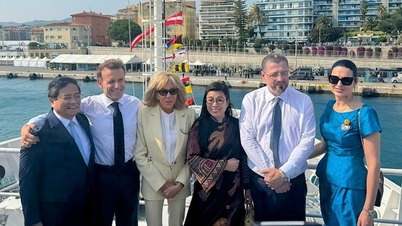



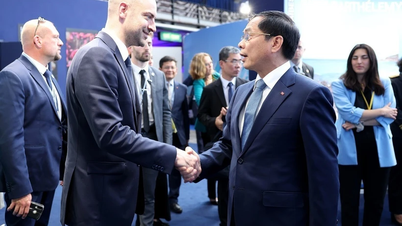



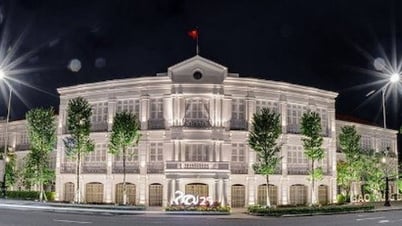
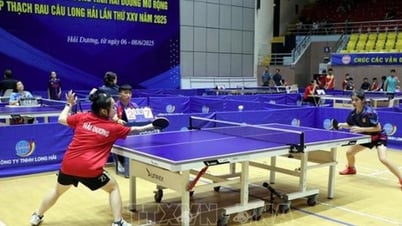
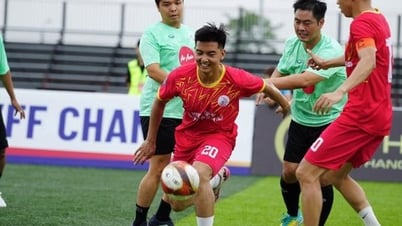
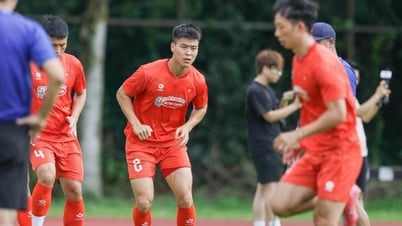
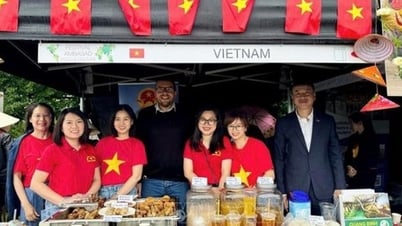
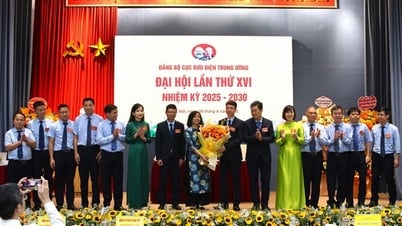

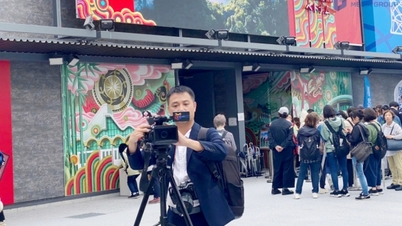

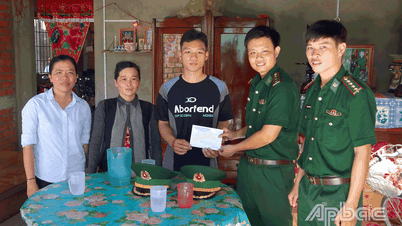

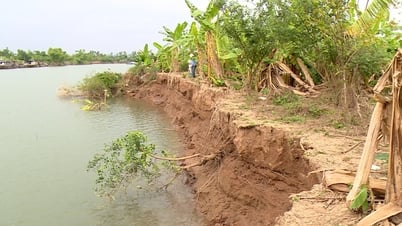

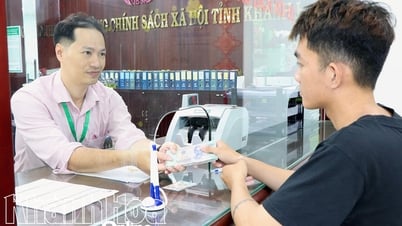
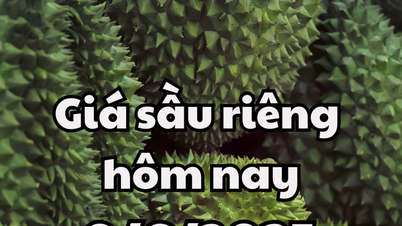

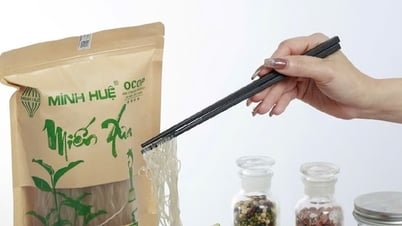

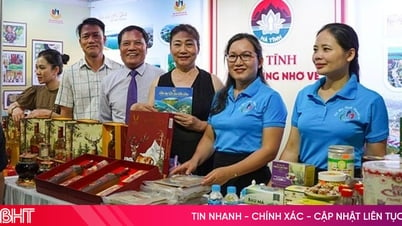

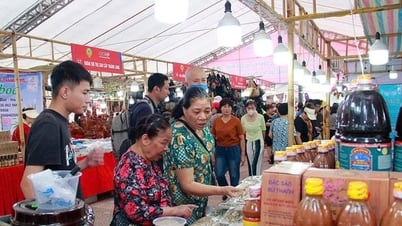


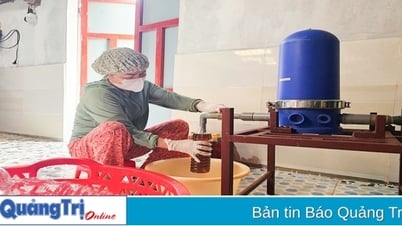

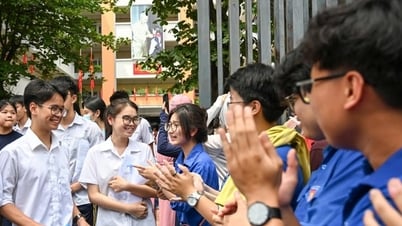

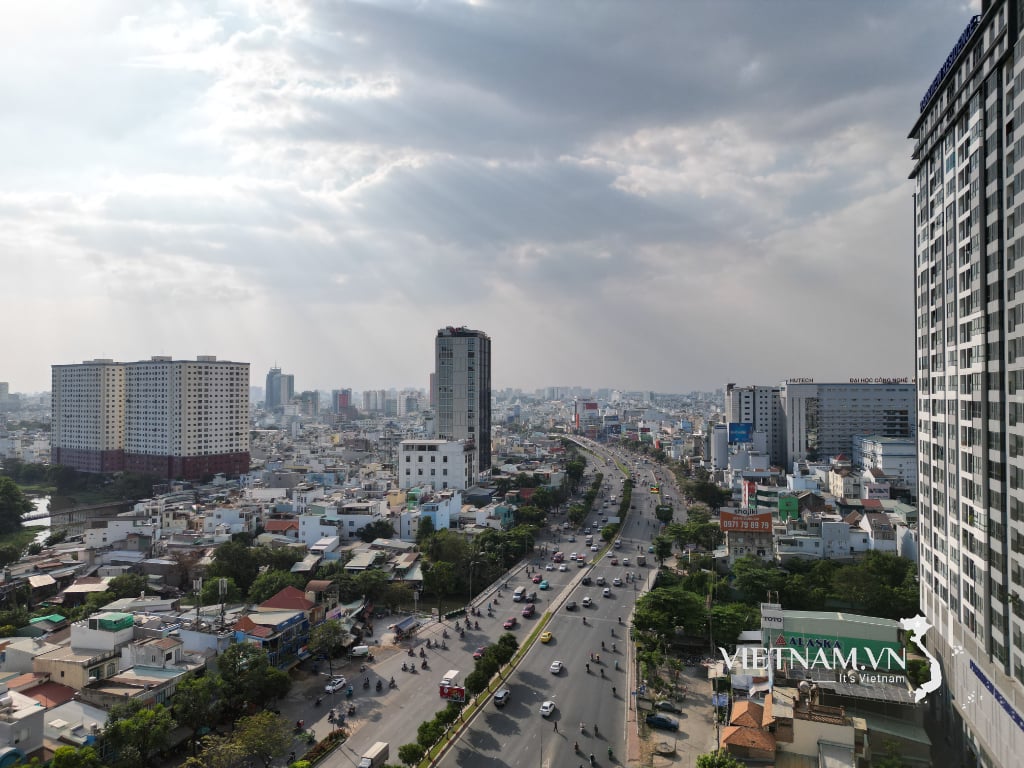

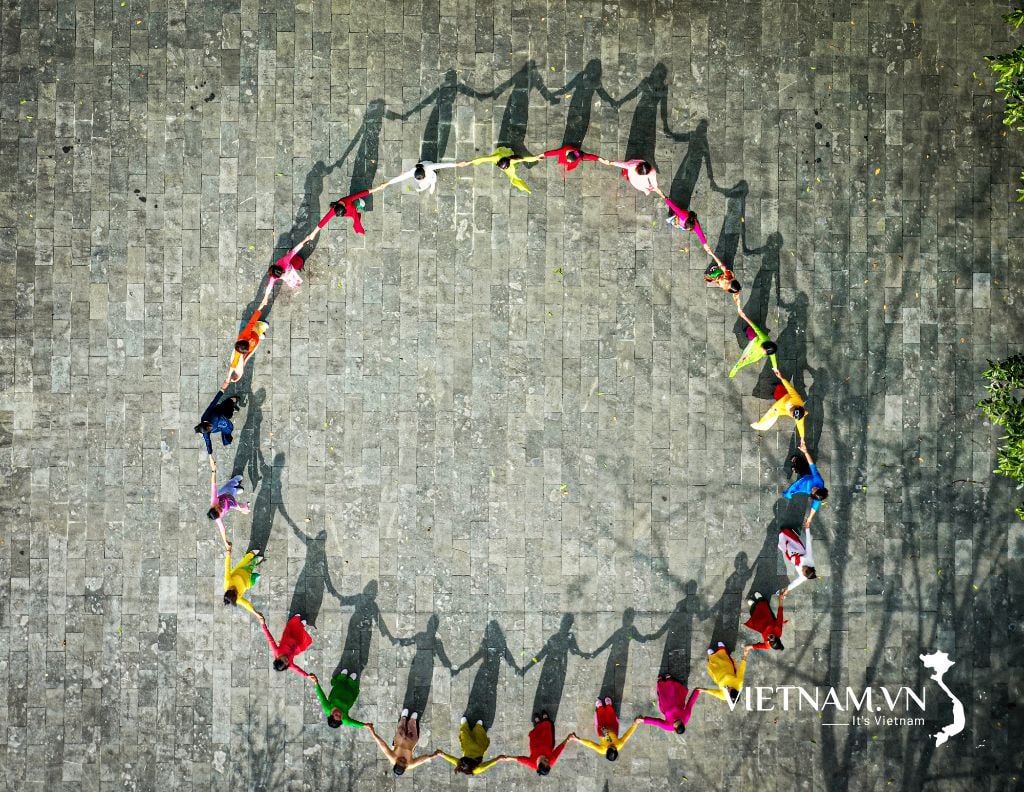
Comment (0)